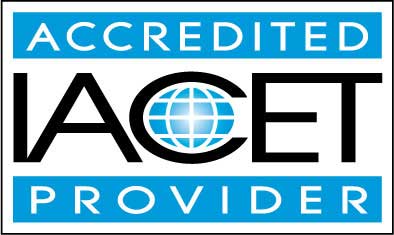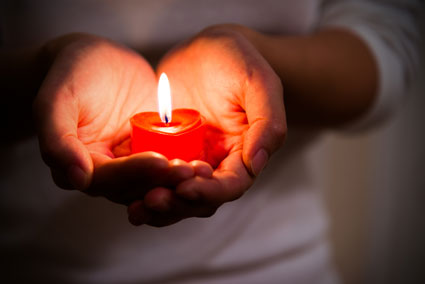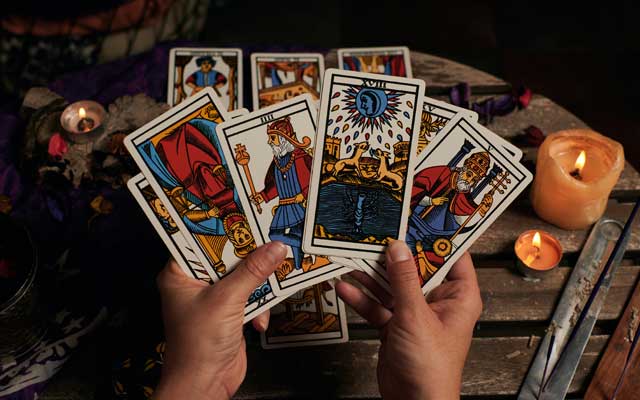Course Description
"Reiki Level 3: Mastering the Art of Healing and Teaching" is a comprehensive course designed for those who aspire to reach the pinnacle of Reiki practice and instruction. This advanced course is tailored for Reiki practitioners who wish to deepen their understanding and refine their skills, ultimately preparing them to teach Reiki to others and use it in various professional settings.
The course embarks on a journey beginning with a robust introduction to Reiki, setting the foundation for advanced study. It delves into the essence of Qi energy, the life force central to Reiki practice. Understanding Qi is crucial for mastering Reiki, as it is the energy harnessed and transferred during healing sessions. This course explores the multifaceted nature of Qi and how it influences mental, emotional, physical, and spiritual health.
One of the unique aspects of this course is its focus on the application of Reiki for various diseases and spiritual issues. It highlights how Reiki transcends conventional medicine by addressing the root cause of ailments, often found in the energy imbalances of the body. Recent studies have shown that Reiki can significantly alleviate conditions like anxiety, depression, and chronic pain, making it a valuable complementary therapy in holistic health care.
Central to Eastern healing practices and, by extension, Reiki, are the concepts of meridians – pathways through which Qi flows. Understanding these meridians is imperative for effective Reiki practice, as blockages in these pathways often lead to health issues. The course provides in-depth knowledge about these energy channels, enhancing the practitioner’s ability to identify and address energy imbalances.
A key component of the course is the emphasis on self-care and personal growth for Reiki instructors. It's not just about imparting knowledge; it's also about nurturing oneself to be a vessel of healing. The course covers the practical aspects of becoming a paid Reiki instructor, offering guidance on setting up a practice, ethical considerations, and ways to integrate Reiki into various professional environments, including clinical settings like hospitals and hospices. Given the rising interest in alternative therapies, with a recent survey indicating that over 60% of hospitals in the United States now offer complementary and alternative medicine, this knowledge is particularly timely and relevant.
The curriculum revisits the foundational Reiki symbols and hand motions, ensuring that participants have a solid grasp of these essential elements before moving on to more advanced topics. The ability to teach these effectively is crucial for those aspiring to become Reiki Masters.
The course also addresses the second degree of Reiki, delving into the methods and techniques that elevate a practitioner’s skills. It prepares participants for the Master level, a significant milestone in a Reiki practitioner's journey. The Master status is not just about proficiency in techniques; it’s also an embodiment of the Reiki principles in one's life. The course discusses how to avoid burnout and maintain a balanced approach to teaching and practicing Reiki.
An exploration of the various forms of Reiki practiced worldwide is included, highlighting the adaptability and universality of this healing art. This segment allows students to appreciate the diversity within the Reiki community and understand how different cultures and traditions have embraced and adapted Reiki.
The practical aspects of teaching Reiki are a focal point of the course. It equips future instructors with the tools and knowledge to teach Reiki with confidence and integrity. The course emphasizes the importance of creating a supportive and effective learning environment and adapting teaching methods to meet diverse student needs.
The application of Reiki in clinical settings, particularly hospitals, is a vital part of the curriculum. With increasing evidence supporting the benefits of Reiki in healthcare, such as enhancing patient recovery and reducing the need for medication, this knowledge is crucial for practitioners aiming to work in these environments.
In summary, "Reiki Level 3: Mastering the Art of Healing and Teaching" is not just a course; it's a transformative experience that prepares practitioners to become adept Reiki Masters and effective instructors. It offers a blend of theoretical knowledge, practical skills, and personal development tools, enabling students to excel in their practice and teaching of Reiki. Whether one aims to start a Reiki practice, integrate it into healthcare settings, or simply deepen their understanding of this profound healing art, this course is an invaluable resource.
- Completely Online
- Self-Paced
- 6 Months to Complete
- 24/7 Availability
- Start Anytime
- PC & Mac Compatible
- Android & iOS Friendly
- Accredited CEUs

Assessment Guide
| Assessment | Points |
|---|---|
| Motives for Taking this Course | 2 points |
| Lesson 1: Introduction to Reiki | 10 points |
| Lesson 2 Exam | 10 points |
| Lesson 3 Exam | 10 points |
| Lesson 4 Exam | 10 points |
| Lesson 5: Teaching Second Degree Reiki | 9 points |
| Lesson 6 Exam | 7 points |
| Lesson 7 Exam | 9 points |
| Lesson 8 Exam | 9 points |
| Lesson 9 Exam | 10 points |
| Lesson 10 Exam | 10 points |
| Lesson 11 Exam | 10 points |
| Lesson 12 Exam | 10 points |
| The Final Exam | 55 points |


















